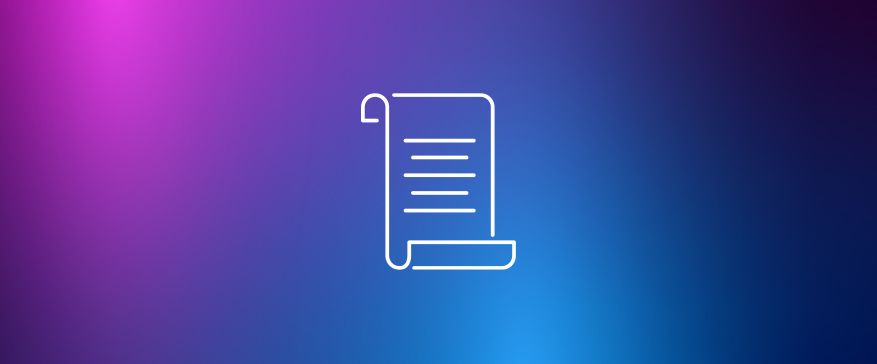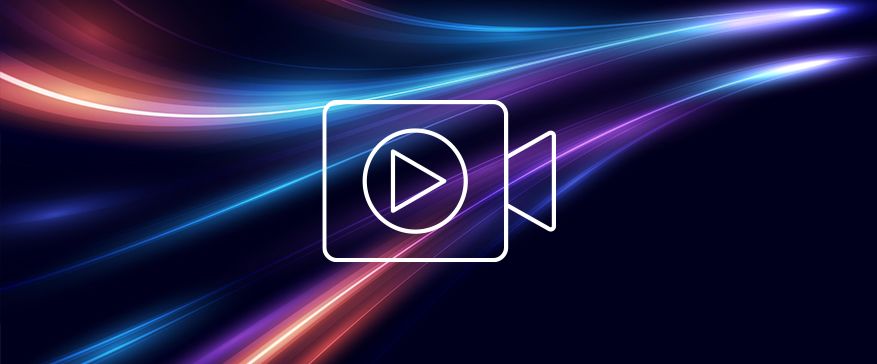What business function can increase sales, proactively communicate with customers, pump up fundraising results, automate collections, and take the pulse of customers? The answer is an outbound call center. Most people associate outbound call centers with telemarketing, but outbound call centers serve multiple purposes that are good for businesses and their customers.
What is an outbound call center?
An outbound call center is a customer service or sales function staffed with agents that make outgoing phone calls to customers and prospects. They differ from inbound call centers because of who initiates the call. The differences also extend to the software tools used and the skills of the agents making the outbound calls. For example, outbound call centers often have software that automates dialing and they might have an outbound IVR that can broadcast personalized messages to large numbers of customers. For their part, outbound agents need to be very good at immediately establishing rapport with customers and comfortable initiating conversations that some consumers may find intrusive.
Outbound call centers are more common in some industries than others. For instance, the collections industry relies heavily on outbound call centers to connect with consumers and arrange payments for overdue bills. But organizations in any industry can have outbound operations to perform functions like surveying customers and proactively notifying customers about things like upcoming appointments.
Outbound call centers facing similar challenges should investigate technology-enabled solutions. While not a silver bullet, they can go a long way towards solving common issues.
Common issues and solutions
In addition to having unique tools and agent skill sets, outbound call centers can have their own distinct challenges. Fortunately, many of these can be substantially solved with the right tools. Let's look at some examples.
Challenge 1 - Connection rates below target
Outbound call centers are focused on the total number of successful connections as well as the percentage of attempts that result in a successful connection (the connection rate). There are many reasons an attempted call doesn't result in a conversation with a customer - bad phone numbers, rolling to voicemail, or maybe the customer just doesn’t answer because they don’t recognize the incoming phone number. Connection rates can also be dragged down when dialing isn't optimized. This is where sophisticated software can help.
Solution. Predictive dialers can increase connection rates by continuously optimizing the pace of dialing based on current data. Not only do they automate dialing, but predictive dialers can manage a dynamic call per agent ratio based on factors like actual connection rates. Predictive dialers dial several numbers per agent at the same time, understanding that many dials won't result in a connection. This method increases successful contacts and improves agent utilization.
Challenge 2 - Meeting legal requirements
Outbound call centers must comply with laws such as the Telephone Consumer Protection Act (TCPA) and Do Not Call registries. They can get in trouble and be charged potentially significant fines for things like calling mobile phones without consent, reaching abandon rates (measured as customers hanging up after answering but before the call is routed to an agent) above a certain threshold, and calling numbers on the DNC list.
Solution. Automated dialers can again help save the day. Best-in-class dialers can validate numbers against DNC registries and suppress those that shouldn't be called. They can also weed out cell phone numbers. If abandon rates cross the desired threshold, the best dialers will alert outbound call center managers and allow them to switch to manual dialing to reduce abandons. A good dialer yields many benefits to outbound call centers.
Challenge 3 - Proactively reaching large numbers of customers
Sometimes organizations need to contact a lot of people quickly and efficiently. For example, maybe they need to inform customers about a data breach or a concert cancelation. This type of proactive communication is good for customer experience but would be expensive to execute with live agents.
Solution. This is the job for an outbound interactive voice response (IVR) system. An outbound IVR can push out recorded messages in large quantities, even personalizing them where appropriate. And because they're IVRs, those receiving the calls can interact with menu options that might help them self-serve or connect to a live agent. For example, in the case of a concert cancelation the customer might be given the option to choose a different concert date or simply request a refund to be applied to their credit card. Outbound IVRs are an efficient, cost-effective way to keep in touch with customers when it really matters.
Challenge 4 - Disengaged agents
Sometimes agents disengage because there isn't a consistent stream of calls, so they're bored. Or they might check out because they don't get enough information about their performance, so they just feel like a cog in the machine. Whatever the reason, disengaged agents are a problem for outbound call centers because it can lead to higher agent attrition and negatively impact customer experience.
Solution. A good dialer will take care of making sure agents don't get bored from lack of work. However, outbound call centers need to take engagement a step further and performance management software can help them do that. Performance management solutions increase engagement by inspiring agents to own their results and their careers. They can do this by providing agents with individual performance dashboards, gamified learning opportunities, and prizes to motivate performance. Empowering agents to take charge of results is a sure way to increase engagement.







